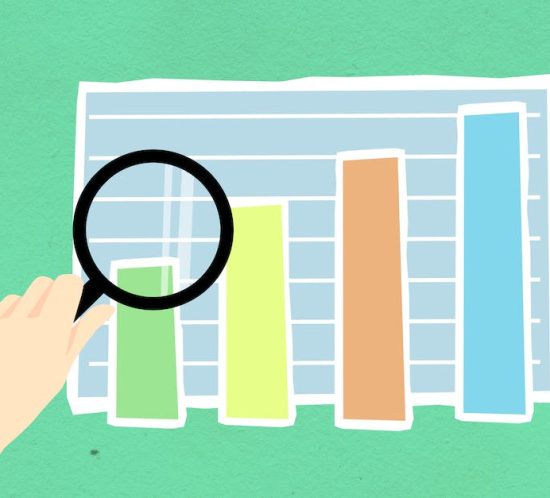$1,000 XRP in 5 Years: Analyzing the Potential
Did you know that over 80% of cryptocurrencies have failed since they started? This fact shows how vital it is to invest wisely, especially in known assets like XRP. Looking into XRP’s future, if you invest $1,000 for five years, various things could change its......









